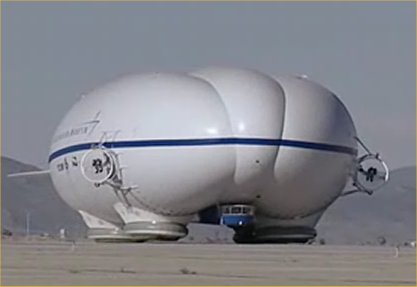E
ericseals
Guest
well.....actually near space but you get the idea....
Video is here ---> http://tinyurl.com/MichiganGoesUp
I took 2 GoPro Hero Motorsports and put them on a weather balloon that went 97,000 feet into near space. It was for a video feature I wanted to do on students studying aerospace at the University of Michigan who launch science experiments up there to record and study data.
It ran on the CBS morning show and the website of my newspaper, the Detroit Free Press
University of Michigan students studying for degrees in aerospace launched a weather balloon 97,000 feet into space to conduct scientific experiments. With temperatures at 60 below zero & violent jet streams to deal with the students had GPS units as part of their payloads to help in the tracking of the balloon after it popped and fell back to earth 90 minutes after the launch. Finding the balloon is another story.
http://tinyurl.com/MichiganGoesUp
ERIC SEALS/Detroit Free Press
Video is here ---> http://tinyurl.com/MichiganGoesUp
I took 2 GoPro Hero Motorsports and put them on a weather balloon that went 97,000 feet into near space. It was for a video feature I wanted to do on students studying aerospace at the University of Michigan who launch science experiments up there to record and study data.
It ran on the CBS morning show and the website of my newspaper, the Detroit Free Press
University of Michigan students studying for degrees in aerospace launched a weather balloon 97,000 feet into space to conduct scientific experiments. With temperatures at 60 below zero & violent jet streams to deal with the students had GPS units as part of their payloads to help in the tracking of the balloon after it popped and fell back to earth 90 minutes after the launch. Finding the balloon is another story.
http://tinyurl.com/MichiganGoesUp
ERIC SEALS/Detroit Free Press



